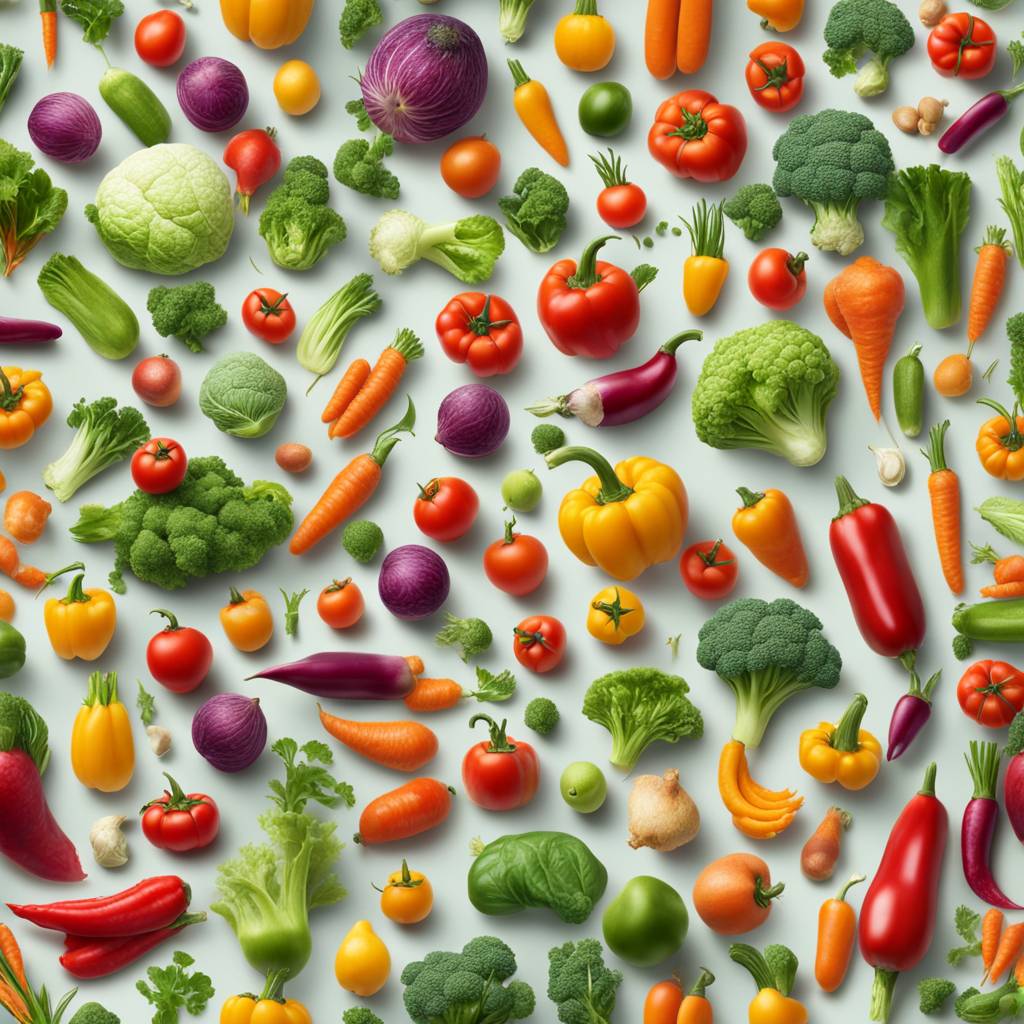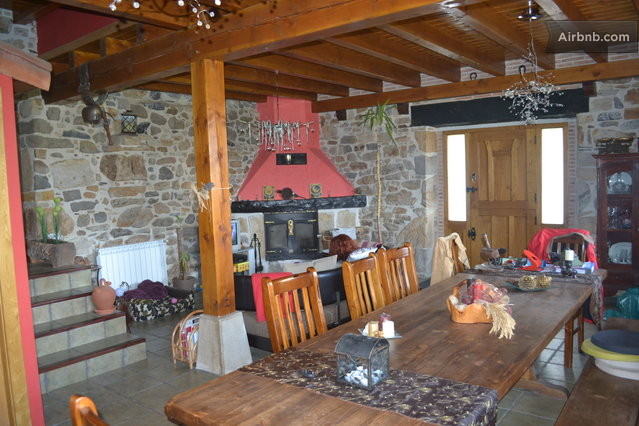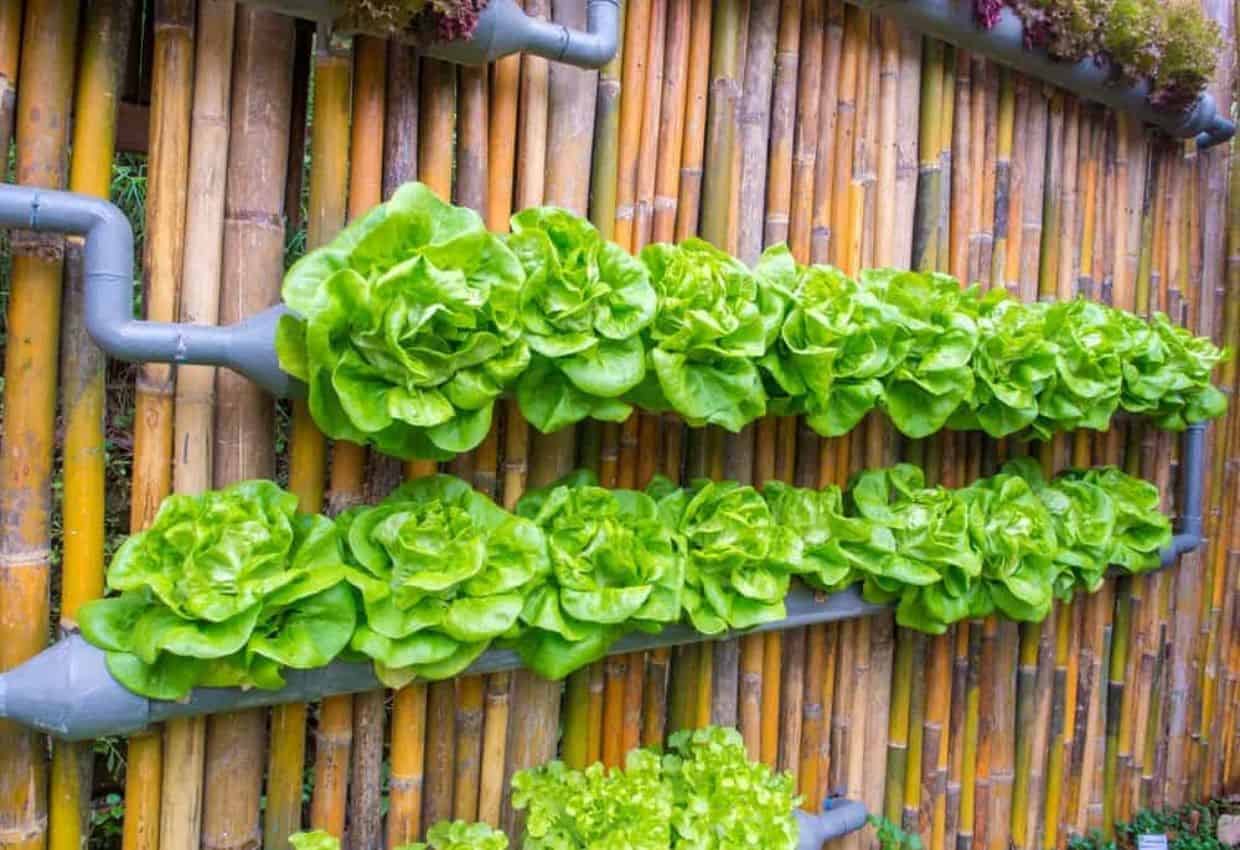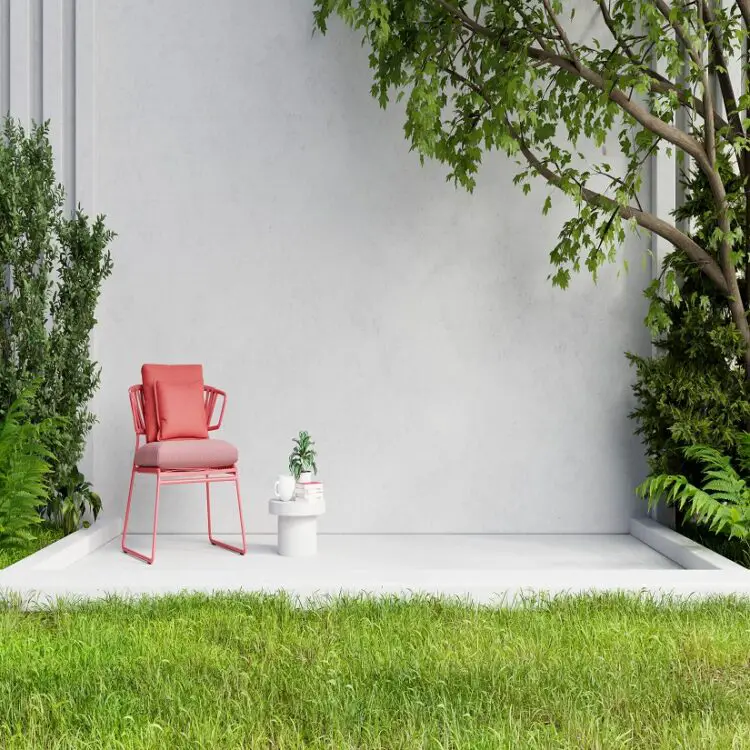Did you know that over 80% of people living in urban areas are interested in growing their own vegetables, but are often deterred by limited space? The good news is, with the right selection of vegetables, even the smallest spaces can yield a bountiful harvest. In this guide, we’ll explore how to choose the perfect vegetables, seeds, and hot peppers for your compact garden or balcony, ensuring that every inch of space is maximized for optimal growth and productivity.
Whether you have a tiny backyard or just a few pots on a windowsill, selecting the right vegetables and seeds can make all the difference. We’ll delve into low-maintenance options that thrive in containers, vertical gardens, and other confined areas. Get ready to transform your small space into a flourishing vegetable haven with our expert tips and recommendations.
Key Takeaways
- Choose compact, high-yield vegetable varieties: Opt for vegetables like cherry tomatoes, bush beans, and dwarf varieties of peppers and eggplants to maximize yield in small spaces.
- Utilize vertical gardening techniques: Make use of trellises, hanging baskets, and vertical planters to grow vining vegetables like cucumbers, peas, and beans, effectively utilizing vertical space.
- Implement succession planting: Extend the harvest season by planting quick-growing vegetables after the initial crop is harvested, making the most of limited space.
- Consider container gardening: Grow vegetables in containers such as pots, window boxes, and grow bags to make the most of small or unconventional spaces like balconies and patios.
- Focus on soil health and nutrition: Prioritize soil quality by using compost and organic fertilizers to ensure that your compact garden produces nutrient-rich vegetables.
- Customize layout based on plant needs: Arrange plants based on their sunlight and water requirements to optimize the use of limited space and promote healthy growth.
Essentials of Small-Space Vegetable Gardening
Selecting Vegetables
It’s essential to opt for compact varieties that are well-suited for confined areas. Look for small vegetable garden options such as cherry tomatoes, dwarf beans, and mini bell peppers. These petite plants can thrive in limited spaces and are perfect for containers. Consider the growth habits of different vegetables; for instance, bush varieties of cucumbers and zucchinis take up less space compared to their sprawling counterparts.
Space-Saving Strategies
Implementing space-saving strategies and choosing the right seed is crucial when cultivating a small vegetable garden. Vertical gardening techniques allow you to maximize space by growing upwards instead of outwards. Utilize trellises or stakes to support vining crops like peas, cucumbers, and pole beans. Another effective method is square foot gardening, which involves dividing raised beds into square-foot sections to efficiently use every inch of available planting area.
Maximizing Yield
To ensure a bountiful harvest from your small vegetable garden, select high-yield varieties that produce an abundance of crops in limited space. Examples include compact determinate tomato plants that yield plenty of fruits without taking up excessive room. Practicing succession planting—where new seeds or seedlings, vegetable plants, are planted as soon as previous crops are harvested—ensures a continuous supply of fresh produce throughout the growing season.
Planning Layout
When planning the layout for your small vegetable garden, prioritize optimizing sunlight exposure for each plant. Position taller crops on the northern side so they don’t shade shorter ones. Intercropping compatible vegetables is another smart approach; pairing fast-growing radishes with slow-maturing carrots maximizes space while providing an efficient use of resources like water and soil nutrients.
Ideal Vegetable Plants for Compact Areas
Leafy Greens
Leafy greens are perfect for small spaces. Grow lettuce and spinach in shallow containers indoors. Harvest the outer leaves to ensure continuous growth. These plants thrive in limited spaces, making them ideal for small gardens or balconies.
For those with a green thumb but minimal outdoor space, consider utilizing shallow containers to grow leafy greens like kale and arugula indoors. This method allows individuals living in apartments or urban areas to enjoy fresh, home-grown produce without requiring a large garden plot.
Root Vegetables
Choosing dwarf varieties suitable for containers is essential. Use deep containers or raised beds with loose, well-draining soil to promote optimal root development. Carrots and radishes are excellent choices for container gardening due to their adaptability in smaller spaces.
Growing root vegetables such as beets and carrots can be challenging in compact areas due to their need for ample space underground. However, by selecting appropriate container sizes and ensuring proper soil conditions, these delicious veggies can flourish even within limited square footage.
Dwarf Varieties
Opting for compact or dwarf varieties of popular vegetables is crucial when working with confined gardening spaces. Patio or bush varieties of tomatoes and peppers are excellent options for small areas since they require less room than traditional sprawling plants while still yielding abundant harvests.
Incorporating mini-sized versions of favorite vegetables into your garden not only maximizes space but also adds an element of novelty and charm. Miniature bell peppers, cherry tomatoes, and baby carrots not only thrive in tight spots but also offer unique visual appeal compared to their standard-sized counterparts.
Climbing Plants
Climbing vegetables such as beans and peas are excellent choices if you’re looking to save ground space while maximizing yield potential. Providing trellises or supports ensures that these plants have the necessary structure to climb vertically rather than spreading out horizontally across the garden bed.
Utilizing vertical gardening methods enables individuals with limited outdoor space to cultivate an array of climbing vegetables without sacrificing precious square footage on the ground level.
Maximizing Small Garden Potential
Vertical Gardening
Vertical gardening is a game-changer. By utilizing walls, fences, or trellises, you can effectively grow a variety of vegetables in a limited area. Consider using hanging baskets or tiered planters to create visually appealing and space-efficient vertical gardens. For instance, tomatoes, cucumbers, and pole beans are excellent candidates for vertical growth as they can be trained to climb upwards.
Training vining plants such as peas and squash to grow upwards instead of sprawling on the ground maximizes space utilization in small gardens. This not only allows for better airflow but also makes harvesting easier without taking up precious ground space.
Container Choices
Selecting the right containers is crucial when choosing the right vegetables for small spaces. Each vegetable has specific size and depth requirements that should be considered when choosing containers. For example, deep-rooted plants like carrots and potatoes require deeper containers compared to shallow-rooted ones like lettuce or radishes.
Furthermore, lightweight and durable containers are ideal for small gardens as they are easy to move around if needed while being able to withstand outdoor elements. Self-watering containers or fabric pots are great options for efficient water management in compact areas since they help maintain consistent moisture levels without taking up extra space with watering equipment.
Companion Planting
Companion planting plays a vital role in maximizing space efficiency when cultivating vegetables in small gardens. Pairing compatible vegetables together not only saves space but also helps deter pests naturally by creating an environment where certain plants benefit each other’s growth.
Utilize companion planting techniques such as intercropping different types of vegetables within the same container or bed to enhance growth and flavor while conserving valuable garden real estate. Incorporating herbs like basil or flowers such as marigolds alongside your vegetable plants can further promote healthy growth while adding aesthetic appeal to your small-space garden.
Cultivating Vegetables in Constrained Spaces
When choosing the right vegetables for small spaces, soil plays a crucial role in their growth. Opt for well-draining potting mixtures specifically designed for container gardening. These mixtures prevent waterlogging, which can be detrimental to plant roots.
Amend the soil with organic matter to enhance its fertility and structure. This improves the soil’s ability to retain moisture and nutrients, promoting healthy vegetable growth even in limited spaces.
Testing the soil pH levels is essential; it helps determine whether adjustments are needed for optimal vegetable growth. Depending on the results, you may need to add materials such as lime or sulfur to achieve an ideal pH level for your chosen vegetables.
Light Requirements
Understanding the specific light requirements of each vegetable plant is vital when cultivating them in constrained spaces. Some plants thrive in full sun, while others prefer partial shade or indirect light.
Position sun-loving vegetables like tomatoes and peppers in the sunniest spots of your garden or balcony where they can receive at least 6-8 hours of direct sunlight daily. For indoor cultivation, consider placing these light-hungry plants near south-facing windows that receive ample sunlight throughout the day.
Supplemental lighting options, such as grow lights or fluorescent lamps, can be beneficial when natural light is insufficient. These artificial sources help ensure that your vegetables receive adequate light even within confined outdoor areas or indoors without access to direct sunlight.
Watering Techniques
Efficient watering practices are crucial when growing vegetables in small spaces. Drip irrigation systems and soaker hoses are excellent choices for providing consistent moisture directly to the plants’ root zones without wasting water through evaporation.
Adapt your watering frequency based on each vegetable’s specific moisture needs rather than following a fixed schedule. While some plants require frequent watering due to their shallow roots, others may thrive with less frequent but deep watering sessions.
Regularly monitor soil moisture levels by inserting your finger into the soil; this helps prevent both overwatering and underwatering issues that commonly arise in compact gardens or containers.
Space-Efficient Vegetable Varieties
Salad Leaves
Salad leaves, such as arugula, kale, and Swiss chard, are excellent choices for small-space vegetable gardens. By regularly harvesting the outer leaves, you can promote continuous growth, ensuring a fresh supply of greens. Utilize shallow trays or containers to cultivate these salad leaves indoors without taking up much space. This allows you to enjoy homegrown salads even in limited spaces.
Incorporating a variety of salad leaves into your small garden provides an array of flavors and textures for your culinary creations. Imagine having the convenience of plucking fresh arugula or kale from your compact garden whenever you need them for a quick meal or snack.
Herbs
Cultivating herbs like basil, parsley, and mint is another great way to maximize space in small gardens. These herbs can be grown in compact herb gardens or incorporated into mixed container plantings with other vegetables. Regularly pruning the herbs promotes bushier growth and prevents them from overcrowding other plants in the confined space.
By growing herbs alongside other vegetables in the same container or garden bed, you not only save space but also create aesthetically pleasing arrangements that provide both culinary and visual appeal.
Edible Flowers
Exploring edible flower options like nasturtiums and calendula adds both beauty and functionality to your limited gardening area. These flowers can serve as ornamental additions while also attracting pollinators essential for overall garden health.
Proper spacing between edible flowers and other plants is crucial to avoid overcrowding which may hinder their growth potential. With careful planning and placement within your confined garden area, these edible flowers enhance the aesthetic appeal while contributing to a vibrant ecosystem right at your fingertips.
Layout Considerations for Compact Gardens
Raised Beds
Constructing raised beds is a smart choice. These beds can be made from various materials such as wood, metal, or even recycled plastic. By using raised beds, you can create separate growing areas for different types of vegetables without taking up much space.
Fill the raised beds with quality soil mixtures that are tailored to the specific needs of the vegetables you plan to grow. For example, root vegetables like carrots and radishes require loose, well-draining soil. On the other hand, leafy greens thrive in nutrient-rich soil with good moisture retention.
Utilize these raised beds as versatile growing areas for various types of vegetables such as tomatoes, peppers, lettuce, and herbs. This enables you to efficiently manage your limited gardening space while maximizing productivity.
Trellises and Supports
In a small garden area where space is at a premium, installing sturdy trellises or supports is essential for growing climbing plants like cucumbers and squash. Optimize vertical space by training these plants to grow upwards on trellises instead of sprawling across the ground.
Choosing trellis designs that complement the aesthetics of your garden not only serves a functional purpose but also adds visual appeal to your compact gardening space.
For example:
- A-frame trellises work well for vining crops like beans.
- Cattle panel arches provide excellent support for heavy fruiting plants such as melons.
- Vertical wall-mounted trellises are perfect for compact spaces where every inch matters.
Succession Planting
Implement succession planting in your small-space garden by planning successive plantings of quick-maturing vegetables throughout the growing season. This strategy involves replacing harvested crops with new plantings promptly to ensure continuous harvests from early spring through late fall.
Coordinate planting schedules based on each vegetable’s growth cycle and maturity period so that there’s always something ready for harvest in your limited gardening area.
Tips for Growing Nutritious Vegetables in Tight Spaces
Fertilization plays a crucial role in ensuring healthy and productive plants. Applying balanced fertilizers at appropriate intervals based on vegetable requirements is essential. For instance, leafy greens like spinach and lettuce benefit from nitrogen-rich fertilizers, while root vegetables such as carrots require phosphorus-rich fertilizers.
Incorporating organic fertilizers into the soil mixtures when planting in containers can provide a steady release of nutrients, promoting sustained growth and development. Organic options like compost or well-rotted manure are excellent choices for container gardening as they enhance soil structure and fertility without the risk of chemical buildup.
Monitoring plant health indicators such as stunted growth, yellowing leaves, or poor fruit set is vital to determine the need for additional fertilization. Adjusting the feeding schedule based on these cues ensures that plants receive adequate nourishment throughout their growth cycle.
Implementing integrated pest management (IPM) strategies is paramount when cultivating vegetables in compact spaces. IPM involves using a combination of biological controls, cultural practices, and minimal pesticide use to manage pests effectively while minimizing environmental impact.
Utilizing natural pest deterrents such as companion plants and insect-repelling herbs can help create an inhospitable environment for common garden pests. For example, planting marigolds alongside tomatoes can deter nematodes, aphids, and other harmful insects due to their strong scent.
Regularly monitoring plants for signs of pest infestations allows for early intervention before significant damage occurs. By inspecting both sides of leaves and stems closely, gardeners can identify issues promptly and take appropriate measures to mitigate pest populations without resorting to harsh chemicals.
Harvesting vegetables at their peak ripeness is essential in compact gardens as it encourages continuous production while maximizing flavor and nutritional content. Picking fruits or vegetables promptly when they reach maturity also promotes further flowering or fruit set in many cases.
Using sharp tools during harvesting helps prevent unnecessary damage to plants by making clean cuts instead of causing tearing or bruising that could invite diseases or compromise future growth cycles. Different types of vegetables may require specific harvesting techniques – for instance, cutting lettuces just above ground level rather than pulling them up entirely – which should be followed diligently to ensure optimal regrowth potential.
Effective Small-Space Growing Techniques
Intercropping
Intercropping is a smart technique for small spaces. By combining compatible vegetables within the same growing area, you can maximize space and yield. For instance, planting lettuce between rows of young pepper plants utilizes the available space effectively. This method also benefits soil health and nutrient cycling since different crops have varied nutrient needs, preventing depletion of specific nutrients from the soil.
Planning intercropping arrangements based on complementary growth habits is crucial for success in small-space gardening. For example, tall-growing plants like corn can provide shade to smaller sun-sensitive plants such as spinach or lettuce when planted together. This way, each plant occupies its own vertical niche without competing for space.
Square Foot Gardening
Square foot gardening involves dividing planting areas into square sections to make the most out of limited small spaces. By following recommended spacing guidelines per square foot, you can grow a variety of vegetables in a confined area while ensuring optimal growth conditions for each plant.
Implementing raised beds or containers designed specifically for square foot gardening further optimizes space utilization by creating an organized layout that minimizes wasted space between rows. These raised beds not only help control soil quality but also offer better drainage and reduce weed infestation compared to traditional ground-level gardens.
Smart Choices for Vegetable Selection
Seasonal Considerations
Considering seasonal variations is crucial. Selecting vegetable varieties suited for specific seasons and climate conditions can significantly impact their growth and yield. For example, leafy greens like lettuce and spinach thrive in cooler temperatures, making them ideal choices for early spring or late fall planting. On the other hand, tomatoes and peppers require warmer temperatures, making them suitable for summer cultivation.
Plan your planting schedules based on seasonal temperature fluctuations to ensure optimal growing conditions for your chosen vegetables. By aligning your planting with the most favorable weather patterns, you can maximize the potential of your small-space garden. Taking measures to protect sensitive crops from extreme weather events such as frost or heatwaves is essential. Utilizing row covers or shade cloth can help shield delicate plants from adverse climatic conditions.
Growth Habit Analysis
Another important factor when choosing vegetables for small spaces is evaluating the growth habits of different vegetable plants before selecting them. Understanding whether a plant has spreading, upright, or compact growth habits is crucial in planning an efficient garden layout. For instance, vining plants like cucumbers and peas require ample space to sprawl and climb vertically; therefore, they may not be suitable for extremely limited areas.
On the contrary, compact-growing varieties such as bush beans or determinate tomatoes are better suited for confined spaces due to their restrained growth habits. Tailoring your garden layouts based on these specific growth habits ensures that each plant has adequate room to flourish without overcrowding its neighboring counterparts.
Final Remarks
So, there you have it – a plethora of insights and tips to help you thrive in your small-space vegetable gardening journey. With the right selection of space-efficient vegetable varieties and smart cultivation techniques, you can turn even the tiniest of spaces into a flourishing garden. Remember, it’s not about the size of the garden but the passion you put into nurturing it. Get your hands dirty, experiment with layout considerations, and watch your garden bloom!
Now, armed with these nuggets of wisdom, go forth and transform your compact area into a green haven. Embrace the joy of growing your own nutritious vegetables, and revel in the satisfaction of harvesting produce from your own little oasis. Happy gardening!
Frequently Asked Questions
What are the essential factors to consider for small-space vegetable gardening?
When planning a small-space vegetable garden, consider factors like sunlight exposure, soil quality, and water accessibility. Choose compact varieties of vegetables that thrive in confined areas and prioritize efficient space utilization.
How can I maximize the potential of my small garden for growing vegetables?
To maximize your small garden’s potential, utilize vertical gardening techniques such as trellises or hanging planters. Make use of raised beds or containers to optimize space usage. Selecting vegetables that yield high output in limited space is also key.
What are some effective techniques for growing nutritious vegetables in tight spaces?
Utilize companion planting to make the most of your limited area by pairing compatible plants that benefit each other’s growth. Employing intensive planting methods and succession planting allows you to cultivate a variety of nutrient-rich vegetables within a confined space.
How should I go about choosing the right vegetable plants for compact areas?
Opt for dwarf or bush varieties of popular vegetables like tomatoes, peppers, and cucumbers which are well-suited for smaller spaces. Consider leafy greens such as lettuce and spinach along with herbs like basil and cilantro as they grow well in constrained areas.
What layout considerations should I keep in mind when designing a compact garden?
Plan an efficient layout by arranging taller plants towards the back or center while placing shorter ones at the front edges. Group together crops with similar watering needs and ensure easy access paths between planted areas for maintenance purposes.






